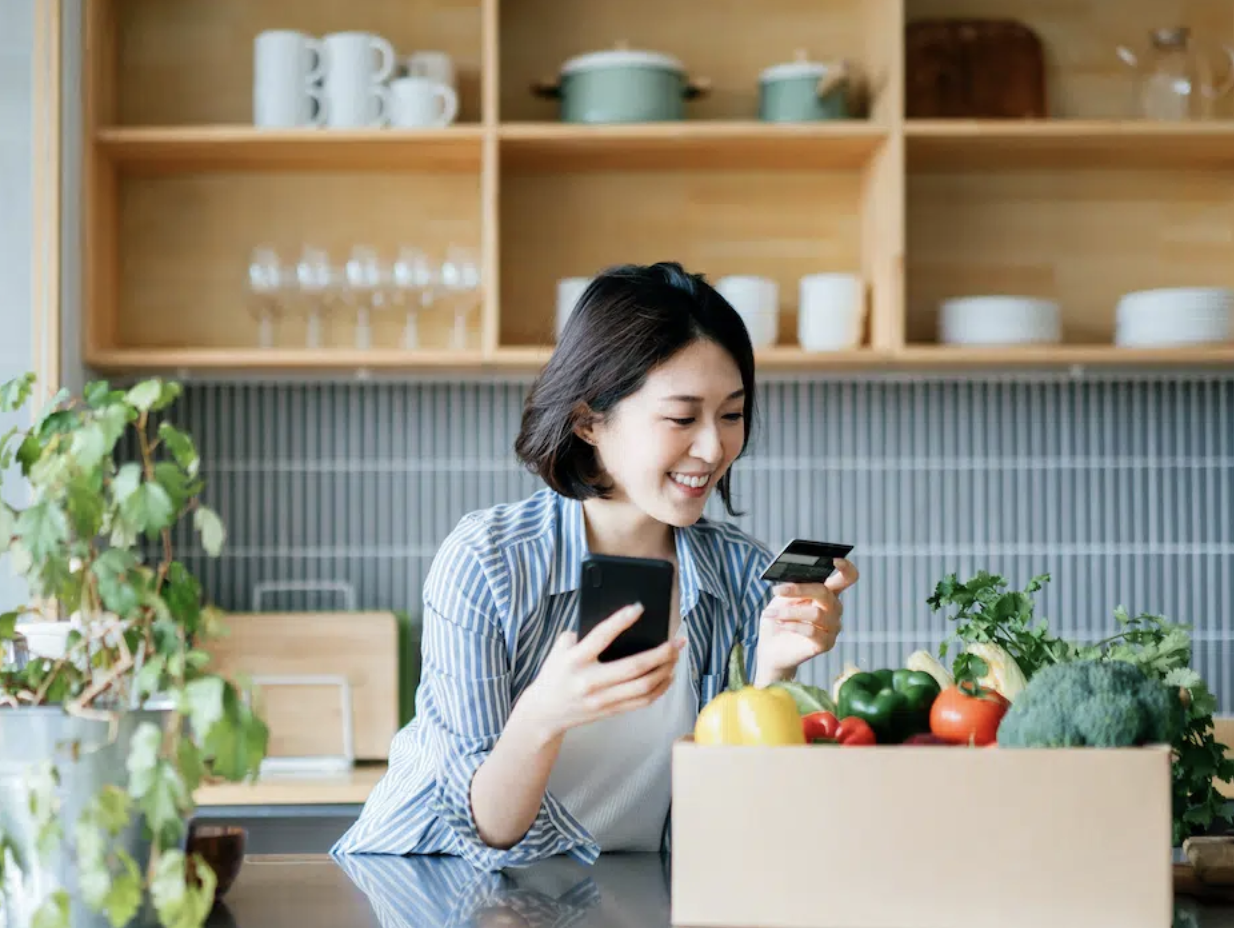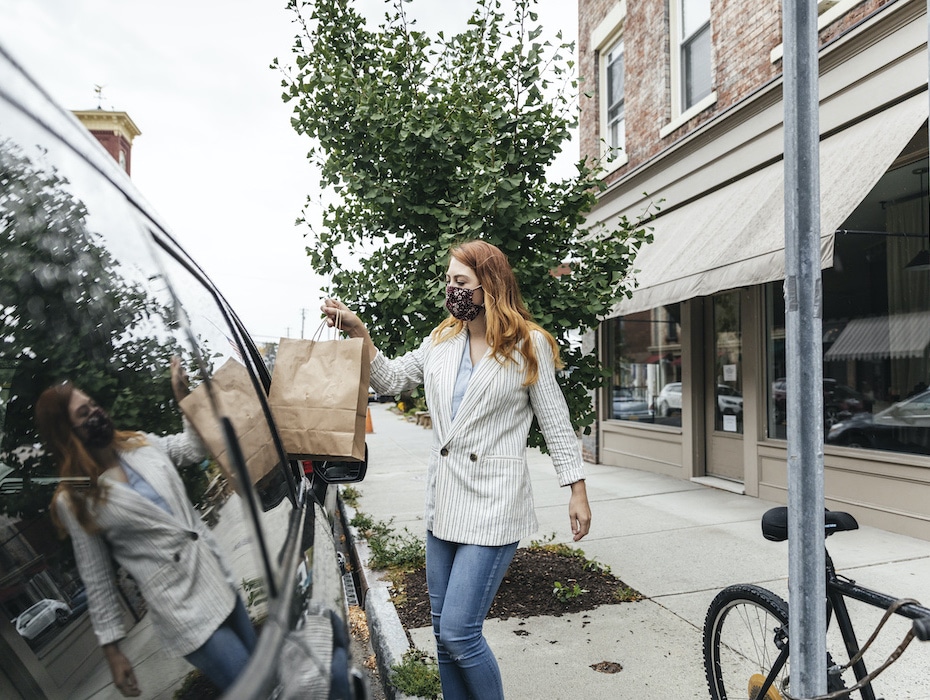It’s too bad shopping at most retailers isn’t more like the experience of dining at an old favorite restaurant: you come in craving a steak, but then the server recalls how much you loved a seafood dish last time, and guides you towards the daily fish special—“just two orders left.” When they’re out of your usual wine, they steer you to another bottle that checks all your boxes. It’s from a region you’ve never heard of and turns out to be not only delightful, but great value to boot.
That your local eatery can offer such an intimate, easy, and personalized experience is because they know your tastes, sure. But delivering this level of service also requires knowledge of what’s happening behind the scenes: what’s in season and that the fishmonger just dropped off a special catch today, what’s down in the wine cellar and how various bottles compare, and so on.
💁🛒💻 Want to see how a unified communications and collaboration strategy can create an effortless employee experience that allows your team to better serve shoppers at all stages of their journey? Grab our eBook.
At first blush, these aren’t easy things for retailers to replicate—especially for chain and big-box stores, in which the shopping experience is impacted not only by in-store staff but also networks of suppliers and warehouses, call centers, and other channels.
But implementing strategies to more intuitively and seamlessly meet retail customer needs isn’t an impossible ask. In a recent RingCentral webinar, Why Point of Purchase Needs a New Communications Strategy, we explored what retailers need to do to improve shopping experiences—and to drive greater revenues and customer loyalty at the same time.
The current state of shopping: dissatisfied
We’re currently pretty far from that ideal shopping experience. According to recent RingCentral research, 58% of shoppers report longer-than-expected wait times when making a purchase. Nearly seven in 10 consumers say they’ve been unable to connect with an in-store associate.
These delays and communications difficulties lead to feelings of anger and frustration for 41% and 18% of shoppers, respectively. And they affect the bottom line too. According to RingCentral’s connected shopper and employee communications report, when shoppers can’t get the information they need:
- 46% don’t purchase the intended product
- 35% switch to another retailer
- 17% leave a negative review
This dissatisfaction with shopping experiences isn’t one-sided or unfounded. According to our research, 87% of store associates say they’re ill-equipped to connect with shoppers.

Shopping disconnects are a communication problem
When you consider the number of potential points of contact involved in retail shopping experiences (not to mention the added complexities curbside and “buy online pickup in store”/BOPIS models add to the mix), it’s apparent that many of the frustrations—for both shoppers and in-store associates—stem from communication issues.
Just consider the number of steps and devices required to support basic in-store needs: walkie talkies, remotes, Zebras and other handheld devices, hardwired phones, inventory software, and so on. These systems provide specific functionalities but they typically aren’t integrated with each other, creating disconnects within essential service workflows that ultimately result in bottlenecks and customer blind spots.
But a majority of retail workers say simply switching to a single solution that is capable of supporting retail’s multifaceted communications needs would be a gamechanger. Nearly seven in 10 employees say deploying a single app to support communications and collaboration would make shopper communications easier, and roughly the same number feel a single app would also improve communications with coworkers, according to RingCentral research.
In-store associates become knowledge workers
Shoppers want frictionless experiences, with the ability to get product information, inventory ability, and order status in real time. With fragmented systems, staff aren’t positioned to easily offer up this information—whether on the store floor, or over the phone or digital channels.
Switching to a single, integrated communications solution offers end-to-end visibility. One device connects every employee with all the information they need to deliver an experience that’s more akin to that local dining ideal. It empowers store associates to become knowledge workers who are better able to solve customer problems and answer product questions, and enables them to meet customer needs and streamline workflows more efficiently. Tools like video can also drive collaboration, helping employees to share best practices between stores that improve the value of staff interactions for customers.
Seamless curbside experiences
Though implemented as a way of reducing in-person contact and improving safety during the pandemic, curbside pickup is likely here to stay. But although customers love the idea of being able to buy what they need online and swinging by the store to pick it up, without operationalizing the BOPIS model, curbside may not deliver—for anyone.
Between the customer having to figure out where to go to collect their purchase to communications between associates to locate the order and bring it out, it may sometimes be faster to just shop in-store. Meanwhile, poor curbside execution becomes yet another opportunity to let customers down.
It’s much easier to enable curbside service with a single app that can connect all the dots: order intake and fulfillment, communications between all of the store associates who are involved, and even order modifications and returns.

Communication drives retail loyalty
At the end of the day, shoppers simply want retail experiences that make it easy to get the product information—and ultimately, the products—that they need.
As research shows, consumers won’t hesitate to switch away from retailers that don’t deliver on seamless, efficient interactions. But the reward for businesses that can offer informative, personalized, and efficient shopping experiences is loyalty.
Originally published Mar 15, 2021, updated Dec 30, 2022





